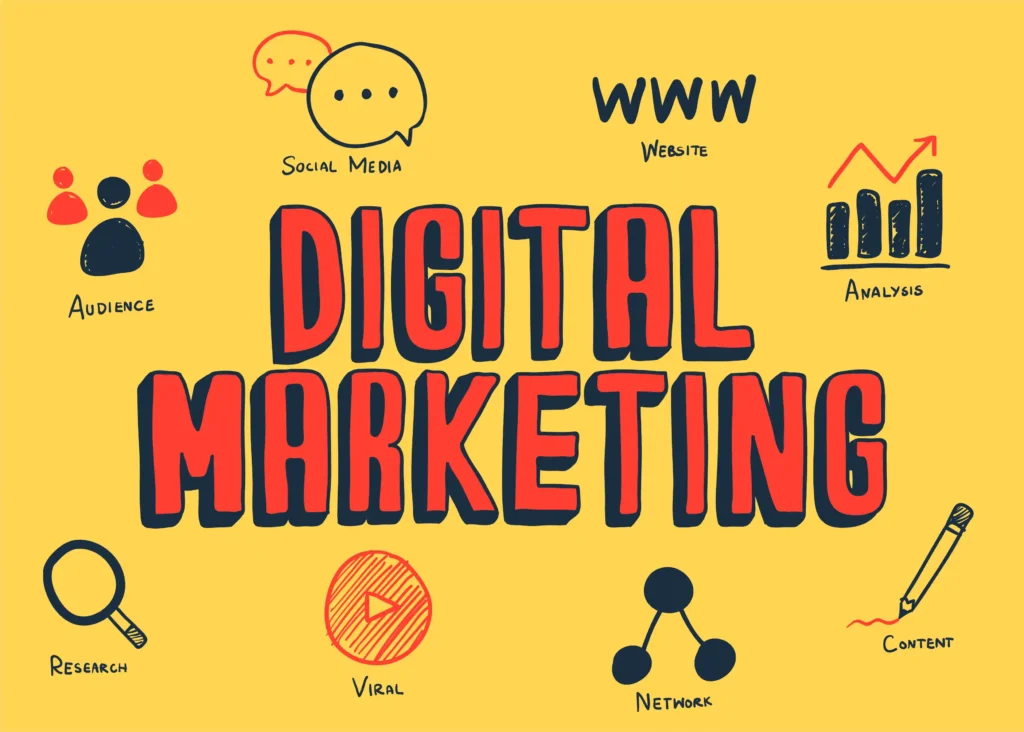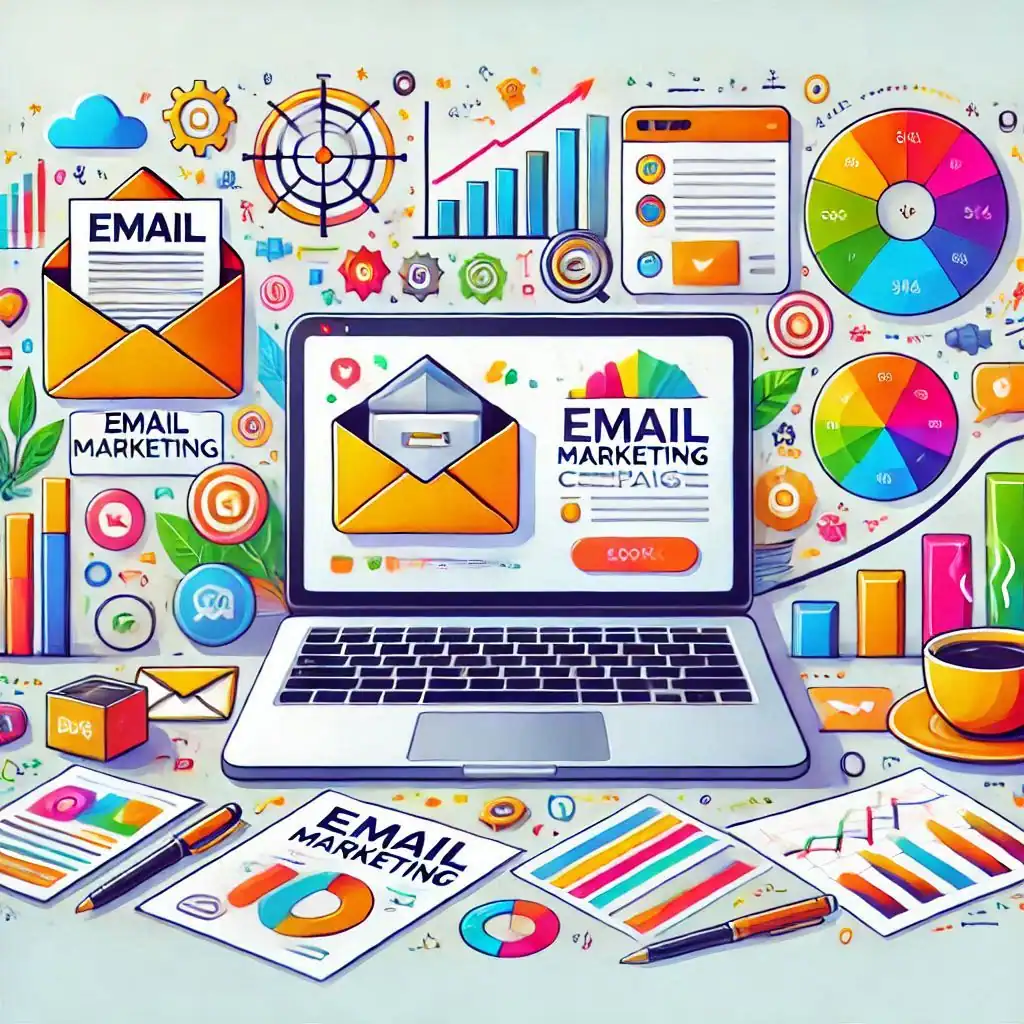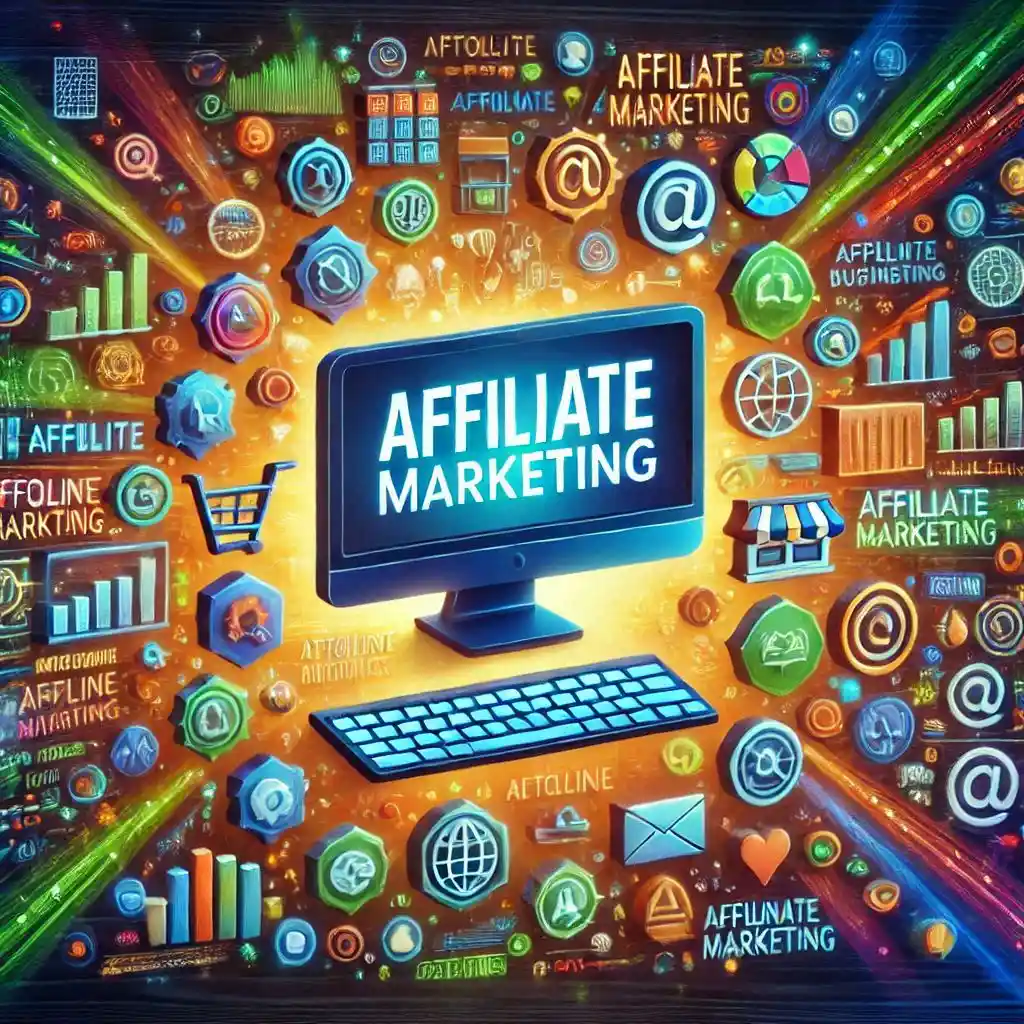
In today’s fast-paced digital world, businesses must adapt to stay competitive. Digital marketing has become a crucial part of any marketing strategy. This guide covers the key elements of digital marketing, the latest trends for 2025, and actionable strategies to help you succeed online.
With billions of people online, digital marketing helps businesses connect with their target audience easily. Unlike traditional marketing, digital marketing shows clear results. This allows companies to check how well their strategies are working and change their campaigns right away if needed.
Digital marketing includes various online strategies to promote products or services. The key components are:

SEO is about optimizing your website to rank higher in search engine results. The main goal is to increase organic traffic to your site.

Content marketing involves creating valuable content to attract and engage your target audience.

Social media platforms are powerful tools for connecting with your audience and promoting your brand.

Email marketing remains one of the most effective strategies, with a high return on investment (ROI).

PPC advertising lets businesses reach their audience quickly through paid ads.

Affiliate marketing involves partnering with others who promote your products for a commission.

Influencer marketing uses the reach of social media influencers to promote your brand.
As technology evolves, digital marketing strategies change.
Digital marketing is always changing, and businesses must stay informed and flexible. By understanding its key components and keeping up with new trends, you can effectively reach and engage your audience. Using strategies like SEO, content marketing, and social media engagement boosts your online visibility and builds customer loyalty. As we approach 2025, integrating technologies such as AI and interactive content will be essential for standing out. Embrace these changes to position your business for success in the digital landscape.
‘’In 2025, digital marketing will be defined not by algorithms but by empathy—how well brands understand and serve their audience.’’
– Ann Handley